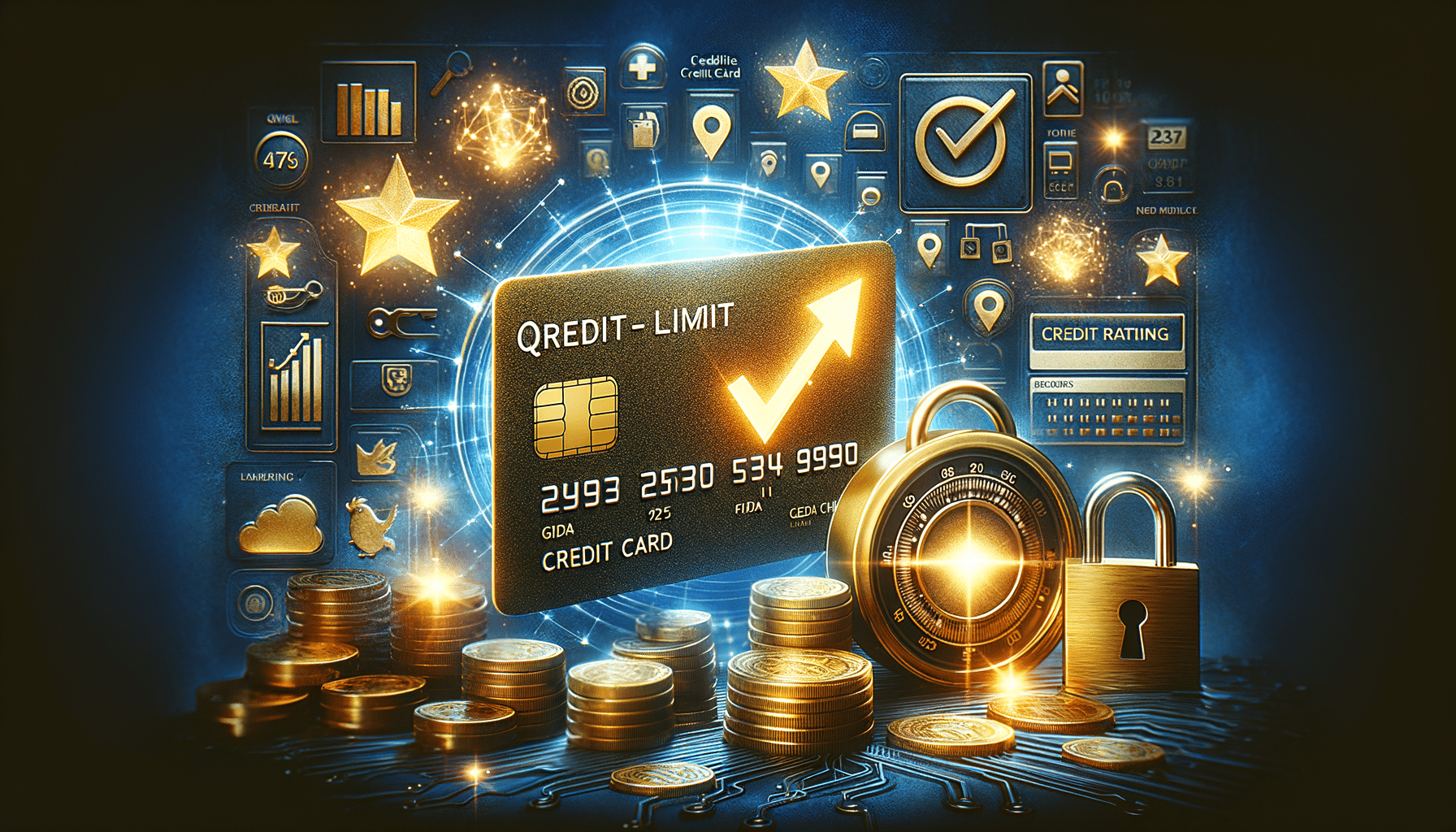Could You Qualify for a High-Limit Credit Card? Here’s What to Know!
Delving into the world of credit cards can be both exciting and daunting, but understanding their nuances is essential for financial success.

Understanding Credit Cards: A Financial Tool or a Double-Edged Sword?
Credit cards have long been a staple in the financial toolkit of consumers worldwide. They offer a convenient way to make purchases, manage cash flow, and build credit. However, the allure of credit cards can sometimes mask their potential pitfalls. At their core, credit cards are a form of revolving credit, allowing users to borrow money up to a certain limit and repay it over time. This flexibility can be beneficial for managing unexpected expenses or taking advantage of rewards programs.
Yet, the very convenience that makes credit cards appealing can also lead to financial strain. High-interest rates and fees can accumulate if balances are not paid off in full each month. According to data from the Federal Reserve, the average credit card interest rate hovers around 16%, which can quickly add up if not managed carefully. This dual nature of credit cards as both a helpful financial tool and a potential source of debt underscores the importance of understanding how they work and using them responsibly.
The Types of Credit Cards: Finding the Right Fit
With a myriad of credit card options available, choosing the right one can feel overwhelming. However, understanding the different types can help narrow down the choices. Here are some common categories:
- Standard Credit Cards: These are basic cards that offer a line of credit without any additional perks.
- Rewards Credit Cards: These cards offer points, cash back, or travel rewards for every dollar spent, making them attractive for frequent spenders.
- Secured Credit Cards: Designed for individuals with limited or poor credit history, these require a security deposit that acts as the credit limit.
- Balance Transfer Cards: Ideal for consolidating debt, these cards offer low or 0% introductory interest rates on transferred balances.
Each type of card serves a different purpose, and selecting the right one depends on individual financial goals and spending habits. For instance, a rewards card might be suitable for someone who pays off their balance monthly, while a secured card could be beneficial for building or rebuilding credit.
Credit Card Features: Rewards, Fees, and Interest Rates
When evaluating credit cards, it’s crucial to consider the features that will impact your financial well-being. Rewards programs can be enticing, offering cash back, travel points, or other perks. However, these benefits often come with strings attached, such as annual fees or higher interest rates. It’s essential to weigh the value of the rewards against any associated costs.
Interest rates are another critical factor. While some cards offer introductory 0% APR for a limited time, these rates can skyrocket after the promotional period ends. Additionally, fees such as late payment charges, foreign transaction fees, and cash advance fees can erode the benefits of using a credit card. Consumers should read the fine print and understand the terms and conditions before committing to a card.
Building and Maintaining a Good Credit Score with Credit Cards
Credit cards can be a powerful tool for building and maintaining a healthy credit score. Timely payments and responsible use of credit can positively impact your credit history, which is a significant factor in determining your credit score. Here are some tips to leverage credit cards for credit building:
- Pay your balance in full each month to avoid interest charges and demonstrate financial responsibility.
- Keep your credit utilization ratio below 30% to show that you are not overly reliant on credit.
- Avoid opening multiple new accounts in a short period, as this can negatively impact your credit score.
Maintaining a good credit score opens doors to better interest rates on loans and mortgages, as well as higher credit limits. It also reflects positively on your financial habits to potential lenders.
Conclusion: Navigating the World of Credit Cards
Credit cards, when used wisely, can be a valuable component of your financial strategy. They offer convenience, rewards, and the potential to build credit, but they also require careful management to avoid debt and financial hardship. By understanding the types of credit cards, evaluating their features, and using them to build a solid credit history, you can make informed decisions that align with your financial goals.
Remember, the key to successful credit card use is balance—between spending and paying off balances, between enjoying rewards and avoiding fees, and between leveraging credit and maintaining financial health. With this knowledge, you can confidently navigate the world of credit cards and make choices that support your financial well-being.